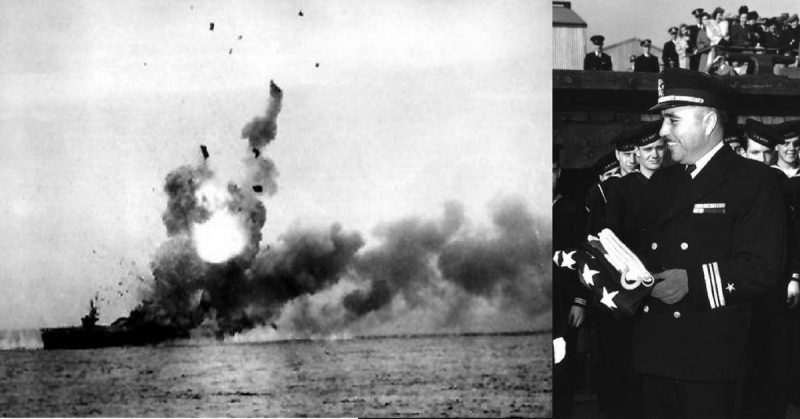Just as they were heading into action having witnessed the overwhelming enemy fleet ahead of them, it is reported that Commander Ernest Evans of the USS Johnston spoke over the ship’s intercom, “A large Japanese fleet has been contacted. They are fifteen miles away and headed in our direction.
They are believed to have four battleships, eight cruisers, and a number of destroyers. This will be a fight against overwhelming odds from which survival cannot be expected. We will do what damage we can.” The Battle of Samar, which was part of the broader Battle of Leyte Gulf, is considered one of the greatest Naval engagements of the Second World War.
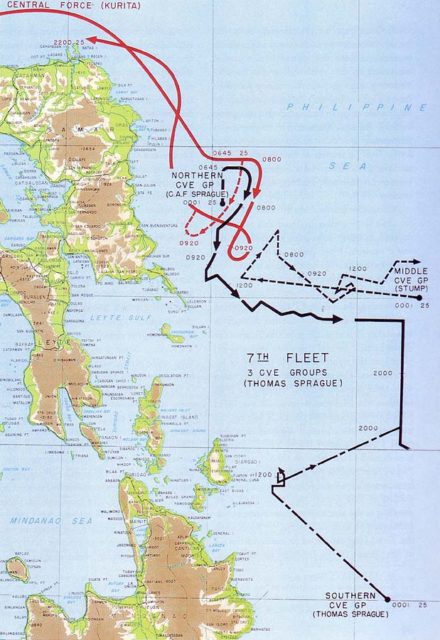
Heavily outnumbered, it should have been a decisive victory for the Japanese, but thanks to the gallantry that was in no short supply, the Americans turned the tables. It would cost them a number of ships and lives, including the USS Johnston and Commander Evans himself. But for his actions that day, Evans was awarded the Medal of Honor and the respect of even the Japanese.
An Unwelcomed Surprise
On October 25th, 1944 just off the coast of Samar 6 escort carriers, 3 destroyers, 4 destroyer escorts and a few hundred aircraft were organized into a task force known as “Taffy 3.” The mission was to hunt submarines, while supporting the ground troops and they were unfortunately armed for just that purpose alone.
Admiral Halsey had taken the bulk of the fleet in pursuit of a decoy laid out by the Japanese. As a result, Taffy 3 wasn’t anticipating and were not prepared to meet a surface engagement of this nature.
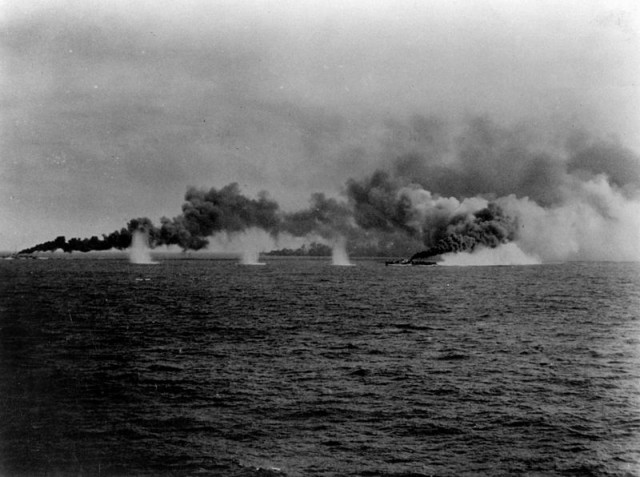
Just after dawn on October 25th, a four-plane antisubmarine patrol would identify what they first thought were American ships until they realized a very unwelcome surprise. The Commander of Taffy 3 couldn’t believe what he was being told and insisted on lower observations for positive identification.
Not only was it an overwhelming Japanese fleet but among the tonnage was the largest battleship any of them had ever seen. The Japanese Battleship Yamato was present and alone it displaced more water than the entire Taffy 3 task force combined. A remarkable fight was heading their way and they had but minutes to prepare. Already in range, the Yamato unleashed its first salvo and the battle began.
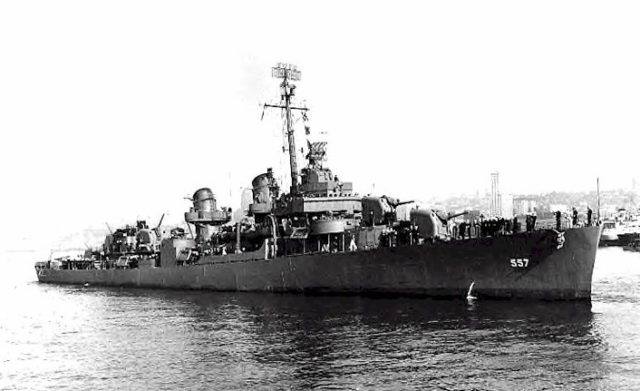
Instantly, the Japanese firepower began to take its toll on the smaller fleet as the fire began to focus on the American escort carriers. Evans ordered the Johnston to lay down a smoke screen as he zigged and zagged through the water to avoid the incoming fire.
In order to draw fire away from the more vulnerable escort carriers, Evans opened fire on the Japanese fleet and causing his ship to become their primary target as he positioned himself between the carriers.
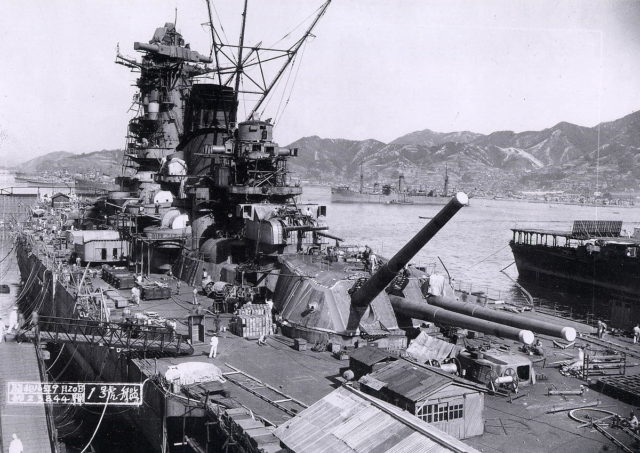
Tackling the Giant Head On
The Johnston would pay for this diversion as a hailstorm of shells began raining down upon its decks. Despite seeing extensive damage, Evans continued to direct the Johnston to engage the Japanese fleet.
They eventually connected with the heavy Japanese cruiser Kumano scoring direct hits with their 5-inch guns setting the superstructure ablaze. The plan at this point was simple. Delay the Japanese fleet for as long as possible allowing the slower escort carriers to gain distance and evade.
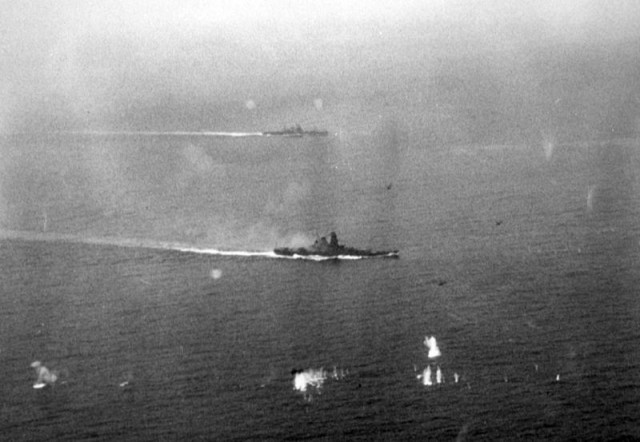
Fortunately, the escort carrier’s small company of planes were in the fight and aided in the defense scoring several torpedo hits on the Japanese. When the planes ran out of ammunition, they continued to make dry runs on the Japanese fleet to divert their attention. However, Evan was under no illusion as to the fate that awaited him.
Just thirty minutes into the engagement, the Johnston had suffered multiple direct hits reducing engine capacity and taking out a number of their weapons. Evans was severely wounded in the barrage and yet with the Johnston limping badly, he turned the ship around to join another assault on the Japanese fleet.
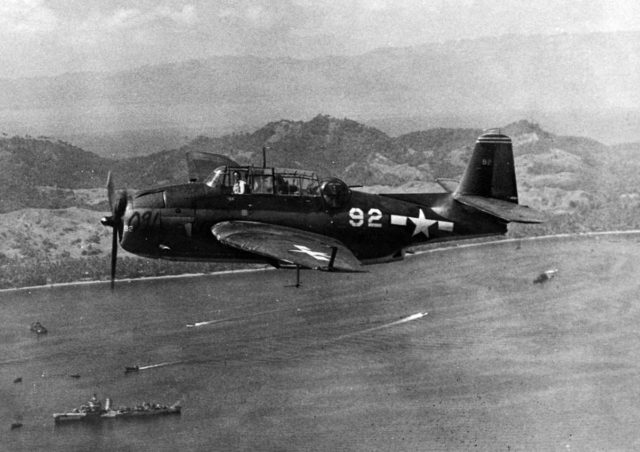
Two hours into the fight and the USS Johnston was still in the action giving it to the Japanese as good as they were getting. The Japanese could hardly believe that this one ship was causing them so much trouble, as it seemed to defy death and continue forward despite being engulfed in flames.
By this point, the bridge was completely destroyed and Evans was commanding from the stern by shouting orders down to the men controlling the rudder. At approximately 0940, the remaining engine was taken out and the USS Johnston was dead in the water. And yet, Commander Evans ordered that every last armament to be fired when before they quit down to the training rounds and flares.
An Unanticipated Victory
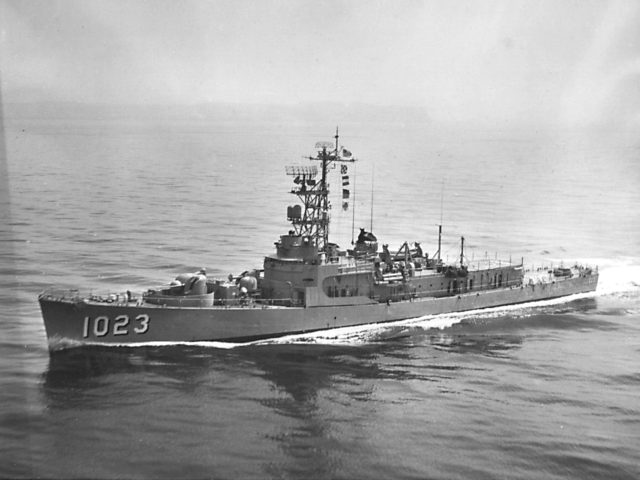
The ship was then the focus of relentless shelling and at 0945 Commander Evans finally gave the order to abandon ship. It is reported that when the Japanese Cruiser sailed by the survivors in the water the Captain saluted the men and Japanese sailors threw food into the water shouting “Samurai” out of sheer respect for what they had just witnessed.
And while Commander Evans was reported to have made it off the ship, he was not among the survivors pulled from the water. But the gallantry displayed by Evans and Taffy 3 had paid off.
The Japanese force took considerable damage and made the decision to retire from the engagement. What the USS Johnston accomplished against considerable odds was no small feat and is studied by Naval historians to this day.
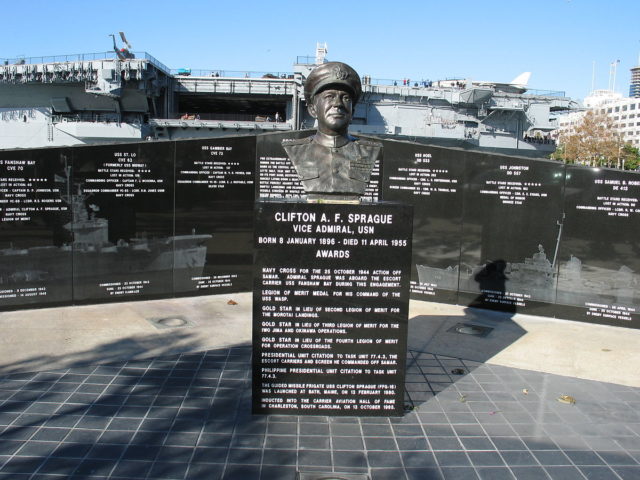
Some would advocate that poor Japanese tactics were to blame for the failure, but it is hard to dismiss the role of a man who told his crew survival could not be expected and who sailed straight for the monstrous enemy fleet.
All the men of Taffy 3 deserve their due recognition for what was accomplished that day, and Commander Evans’ Medal of Honour, for gallantry, was richly deserved.
